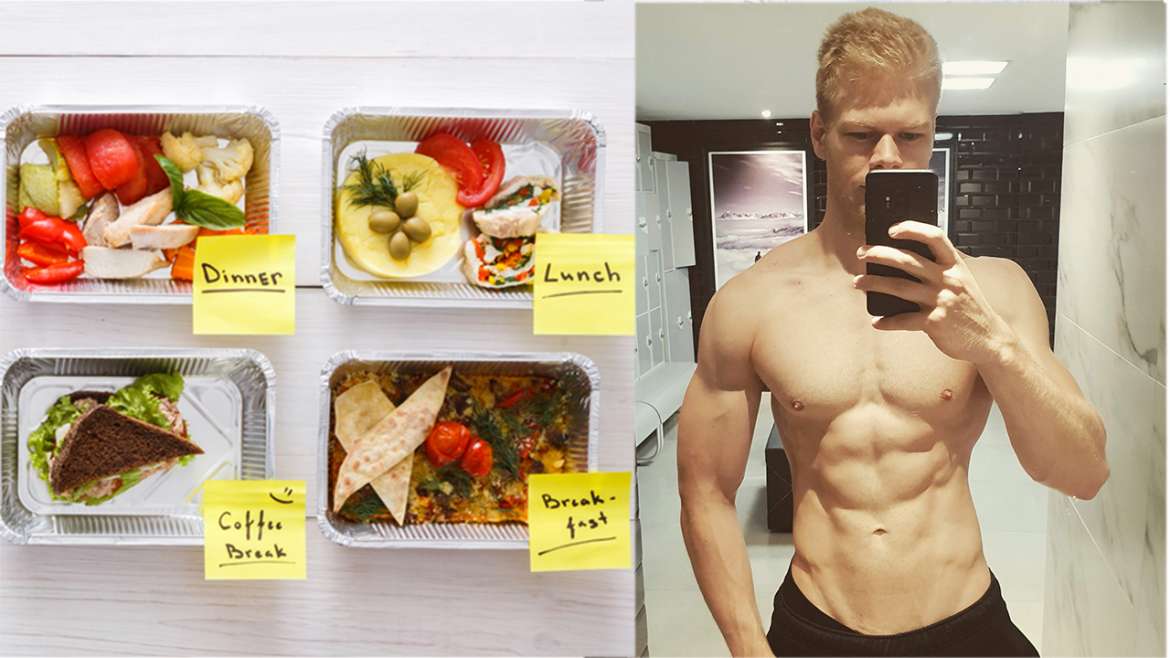When wanting to lose weight, most people agree that you should not only diet but also exercise to optimal results. Then the next question is: what kind of exercise?
Here, the average beginner will probably think of some form of cardio, like jogging, biking, swimming etc. But the problem with cardio is that depending on what you have read on the internet or in magazines, people either make it out to be the best invention since sliced bread or the worst thing in the world.
This not only creates a lot of confusion among beginners, but it also leaves you with no clue on how to design your workout plan for optimal results.
So in this post, I will tell you everything you need to know about cardio and weight loss.
Let’s get started.
Want To Watch The Video Instead?
First, the bad news. Not only does cardio do little to build muscle it also does less for weight loss purposes than people think. In fact, studies have shown that many people end up even fatter than when they started their exercise routines.
How is that possible?
First, cardio burns fewer calories than many people think. One hour of normal jogging burns around 400 – 600 calories. This isn’t the world but it’s also not too shabby.
The problem is that many people think that they burn a lot more calories when they get back from their jog and eat many of them right back or even overeat because they think the additional exercise allows for a lot more daily calories. For example, 400 calories can be a handful of nuts, a yogurt, and an apple together. Or even less junk food like a few slices of pizza.
Now my point isn’t that you shouldn’t eat nuts, yogurt, apples when you want to lose weight, but that you shouldn’t overestimate how many calories cardio actually burns.
Another problem is that over time your body adapts to the exercise to lower caloric expenditure. This means that the longer you train the less and less energy is required to keep doing the same types of workouts. Basically, your body becomes more efficient.
Higher efficiency also means your body no longer burns as much energy as you think it does, which increases the likelihood of overeating. Many people then try to beat this problem with more and more cardio.
Even though this will raise energy expenditure again, it can also come with increased fatigue and muscle loss. This is why you should keep cardio to an average that is enough to burn a significant amount of calories while not overworking your body.
That means less cardio can actually be more effective, but only when done right.
Let’s see how it’s done right.
To recap, the best type of cardio for weight loss is one that burns a high amount of energy in a relatively short amount of time. That way you increase your calories out without having to worry about burning muscle tissue and getting overworked.
Now, what type of cardio fits this description?
Something called high-intensity interval training, or HIIT. HIIT is a very simple concept, which can be applied to almost all types of cardio, such as running, rowing, biking or swimming.
The basic idea is that you alternate between periods of high intensity to burn calories and low-intensity for recovery. During your high-intensity intervals, you go all out and during your low-intensity intervals you recover and prepare for the next round.
You might already be familiar with the concept of HIIT, but still have some important questions, such as…
– What does a good HIIT workout look like?
– How intense should you really train?
– How long should you train?
– How often should you do HIIT workouts?
This is what I explain in this post.



